Hyperkeratosis: a thickening of the horny layer, usually accompanied by increase also in the granular layer. As the horny layer normally varies greatly in thickness in different sites, some experience is needed to assess minor degrees of hyperkeratosis.

| Hyperkeratosis | |
|---|---|
| Classification and external resources | |
| ICD-9 | 701.1 |
| DiseasesDB | 20624 |


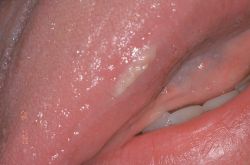

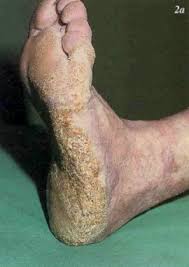
hyperkeratosis, benign,
n a nonmalignant form of a thickening condition that affects the keratin layer of the oral mucosa; generally appears as a white lesion.


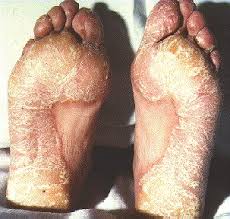
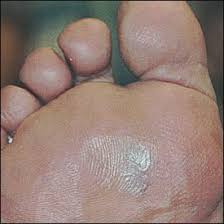

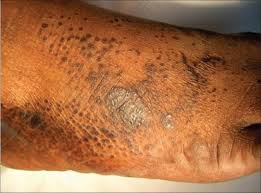
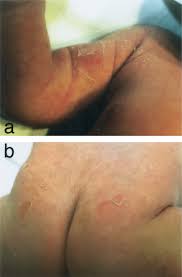


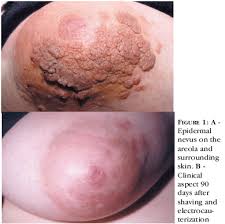


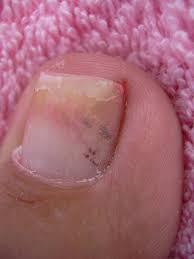





Parakeratosis: The orderly but abnormal keratinisation of cells so that the keratin layer consists of pump nucleated keratinised cells instead of annular sqames. It is associated with the thinning or loss of the granular layer and is usually seen in diseases of increased cell turnover, whether inflammatory or neoplastic.

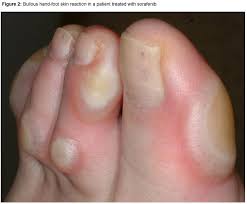


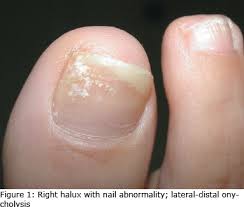


Pigmentary incontinence: Loss of melanin pigment from damaged basal epidermal cells and its accumulation, mostly in macrophages, in the upper dermis.
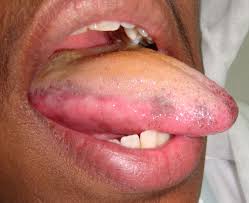



 HPV may manifest itself as rough plaque similar to basal cell carcinoma in some cases. This plaque in left intralabial fold showed VIN III with viral changes. *Note: the hyper pigmentation as a result of “pigmentary incontinence”.
HPV may manifest itself as rough plaque similar to basal cell carcinoma in some cases. This plaque in left intralabial fold showed VIN III with viral changes. *Note: the hyper pigmentation as a result of “pigmentary incontinence”.Spongiosis: Intracellular oedema, seen as increased width of the space between epidermal cells and leading, if severe, to formation of vesicles in the epidermis.



Vacuolar Degeneration: A degenerative process affecting the basal layer of the epidermis with vacuolization of the keratinocytes and pigmentary incontinence. Hydropic degeneration or liquefaction degeneration are alternative terms used to describe this process



Please write about hereditary and Congenital Conditions of the skin.
ReplyDelete